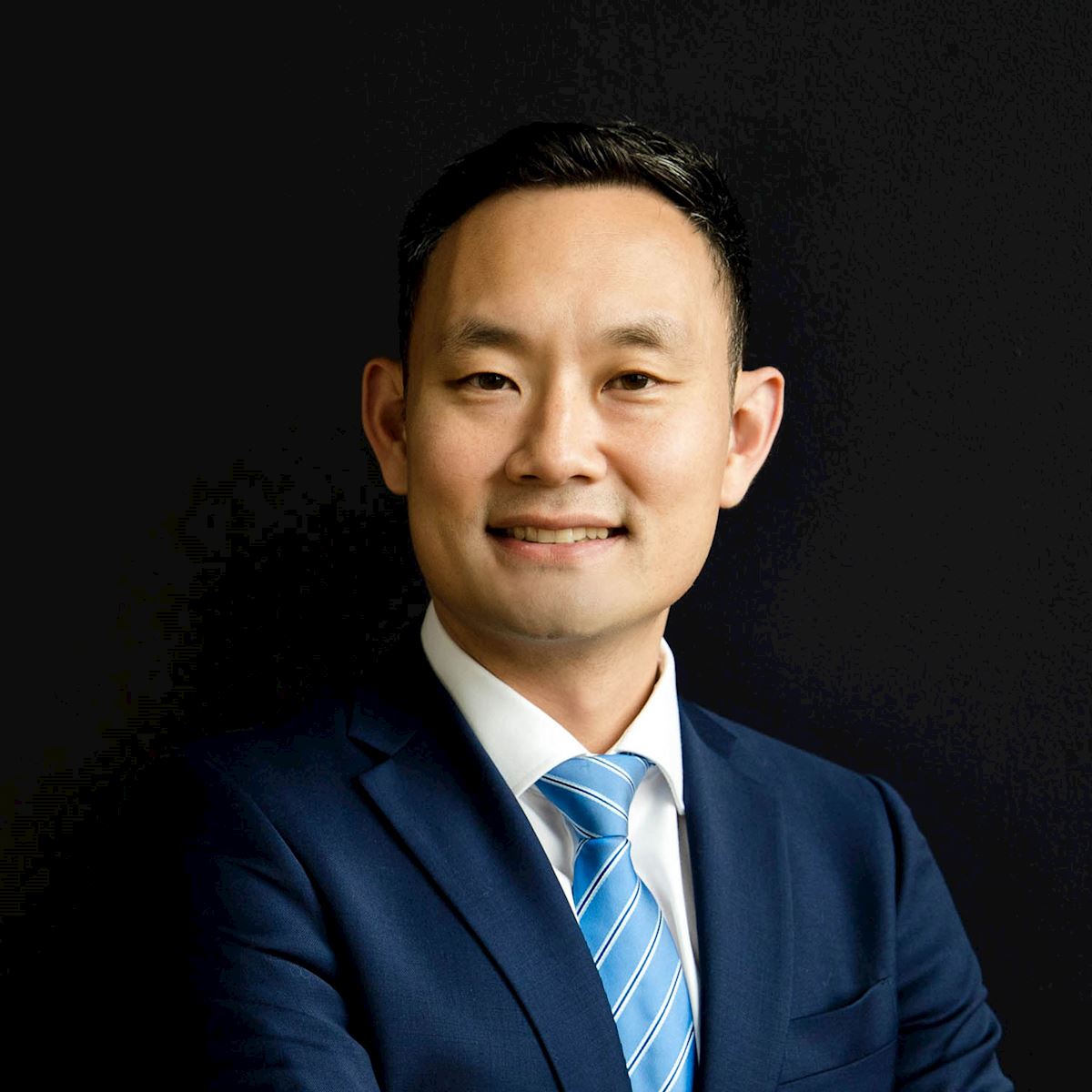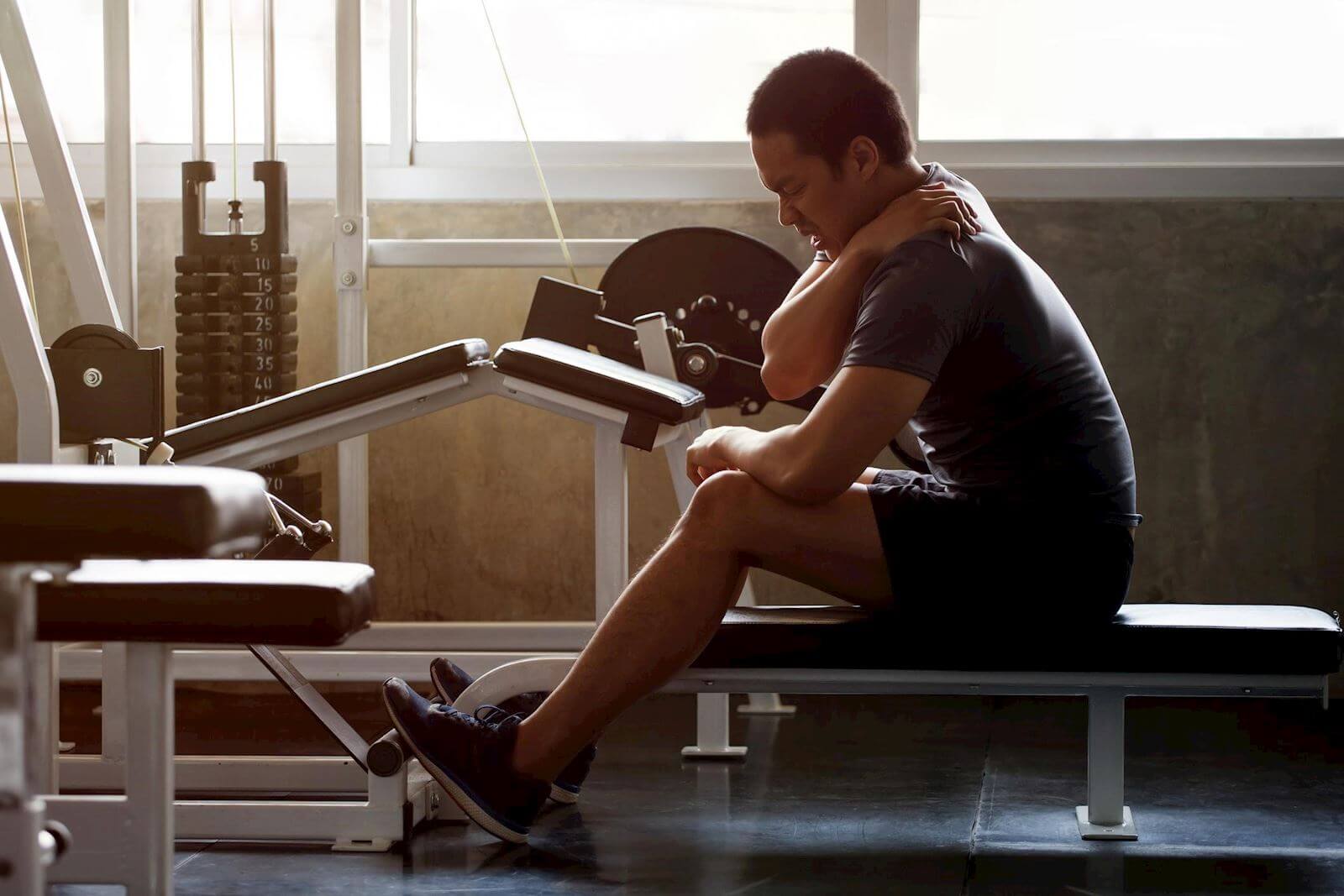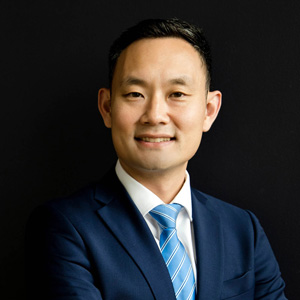Your shoulders bear a heavy burden. They may carry a chip. Or the weight of the world. They’re a place for a friend to cry on. Or a spot for someone to stand on.
All cliches aside, your shoulders do a lot of work at the nexus of your arms, neck and back. Thirty muscles, five joints and countless ligaments connect in each shoulder. With that many moving parts, a lot can go wrong and start causing shoulder pain.
“There are a lot of pain generators in the shoulder, a lot of things that can bother you,” says Christopher Kim, MD, an orthopedic surgeon who specializes in sports medicine. “It’s important to figure out which one it is so that you can treat it properly.”
A fall, injury or other accident is often easy to spot. There’s a straight path between the pain you’re feeling now and an incident that caused it. But young or old, there are plenty of other reasons you might be experiencing shoulder pain that warrant further investigation.
1. You tore your rotator cuff.
While the rotator cuff is just one part of the shoulder, it’s similarly complex. It’s made up of a group of muscles and tendons that surround the shoulder to make sure your arm doesn’t fall out of place. Because there’s so much movement with your arms on a daily basis, it’s quite common to tear a rotator cuff.
“The rotator cuff is a very complicated thing. There are a lot of factors that come into play when treating it,” Dr. Kim says. “The older you are, the less likely you are to heal. And the bigger the tear, the harder it is to fix.”
Torn rotator cuffs aren’t exclusive to the sports pages. About two million people a year visit their doctor for a rotator cuff tear — most are older adults. If your shoulders are so weak that you can’t lift your arm or move it side to side, that’s a sign of a rotator cuff problem.
“The biggest thing for a rotator cuff tear is weakness,” Dr. Kim says. “We can isolate the rotator cuff to really see if anything is particularly weak. That usually leads to an MRI to confirm the tear and diagnose the size of it.”
Full rotator cuff tears typically require surgery to repair. Partial tears are treated more conservatively through a combination of pain management and physical therapy. If conservative treatments don’t improve the problem, arthroscopic rotator cuff surgery is always an option.
2. You’re suffering from frozen shoulder.
As strange as it may sound, frozen shoulder is a real medical diagnosis. It’s basically a stiff shoulder. Because of pain and inflammation, you stop moving your shoulder or quit your rehab, and the whole thing stiffens up.
“You can get a stiff shoulder from an injury, surgery, fracture or maybe a rotator cuff strain. You get very stiff,” Dr. Kim says. “But that’s actually different from what we call primary frozen shoulder, or idiopathic frozen shoulder, which is a phenomenon we don’t fully understand. We don’t know what causes it.”
True frozen shoulder typically strikes women in their 40s and 50s. It’s more common in smokers, diabetics and breast cancer patients. It comes out of nowhere but progresses in three stages:
- Freezing – Your shoulder is so painful and inflamed that you can barely move it. This extreme pain with movement can last for up to four months.
- Frozen – As soon as the pain came on, it disappears. Although you’re pain-free, your shoulder is stiff and hard to move.
- Thawing – The stiffness starts to resolve and your shoulder gets back to normal.
“That whole process can take over a year. A lot of times, people are going through this for a very long time before they address it,” Dr. Kim says. “But it does get better over time. Injections can help with early pain and physical therapy with stiffness. We only consider surgery close to a year out or after we realize it’s just not getting better.”
Maybe it’s the deep freeze Iowa experiences every winter, but Dr. Kim sees more patients with frozen shoulders in the Des Moines area than he has in his practice previously. Getting it checked out early on goes a long way, he says. Frozen shoulder treatments help you manage the pain and make physical therapy easier.
3. It’s a case of shoulder tendonitis.
Again, your shoulder is just the meeting place for many muscles and tendons. So shoulder tendonitis is typically either rotator cuff tendonitis or bicep tendonitis — one or the other is inflamed and causing pain. It happens less as a result of injury and more often from the underlying irritation and damage in the tendons.
“The pain you feel with tendonitis is typically lateral pain on the outside of your shoulder,” Dr. Kim says. “It’s usually made worse when you reach overhead or lift your arm and reach to the side.”
Tendonitis often plagues people for years. Repetitive motions in activities like golf, tennis, gardening or housekeeping can exacerbate it. After some rest, recuperation and naproxen or ibuprofen, it resolves on its own — only to come back again later.
Shoulder tendonitis is more common than a torn rotator cuff but the treatment is quite similar if the condition becomes chronic: steroid injections to quickly relieve the pain and physical therapy to restore movement and range of motion.
4. You’ve dislocated your shoulder.
The shoulder joint is the easiest one to dislocate. All the tendons, muscles and ligaments that give your arms their range of motion also leave it a little less stable, especially if those tissues are stretched or damaged.
Unlike other common shoulder injuries, a dislocated shoulder is the result of some form of trauma, like falling onto your outstretched hands or taking a blow to the shoulder. That makes it a common sports injury that you might see in football, soccer or another sport. It happens a lot in younger people in general, Dr. Kim says, and is often accompanied by a labral tear.
In addition to the pain and lack of mobility with other shoulder problems, you might have bruising or visible signs of dislocation:
- Hard knob under the skin
- Abnormally flat front of the shoulder
- Squared-off appearance on the side of the shoulder
All of these signal that your shoulder is out of place. After its reset back into the socket by a physician, you’ll be in a sling for a few weeks and prescribed physical therapy to regain strength and movement.
Shoulder injuries require specific sports medicine treatments.
All types of shoulder pain follow a pretty basic treatment: Rest, anti-inflammatories and physical therapy. When your pain or underlying injury is severe, surgery may be necessary to repair it. But that doesn’t mean shoulder pain treatments are one size fits all.
“Depending on the problem, there are specific physical therapy exercises for it. Generic physical therapy or shoulder exercises don’t always help,” says Dr. Kim, who works collaboratively with physical therapists at The Iowa Clinic on the specifics of each treatment plan. “There are also different places within the joints and tendons where we can inject to pinpoint the pain management.”
“There are a lot of structures in your shoulder. It’s our job to figure out what part of the shoulder is bothering you,” he adds. “We do a very thorough physical exam, starting from the bones and going through the muscles and tendons. It’s a targeted approach based on your specific diagnosis, so it’s worthwhile to see a sports medicine physician first to get it treated.”


